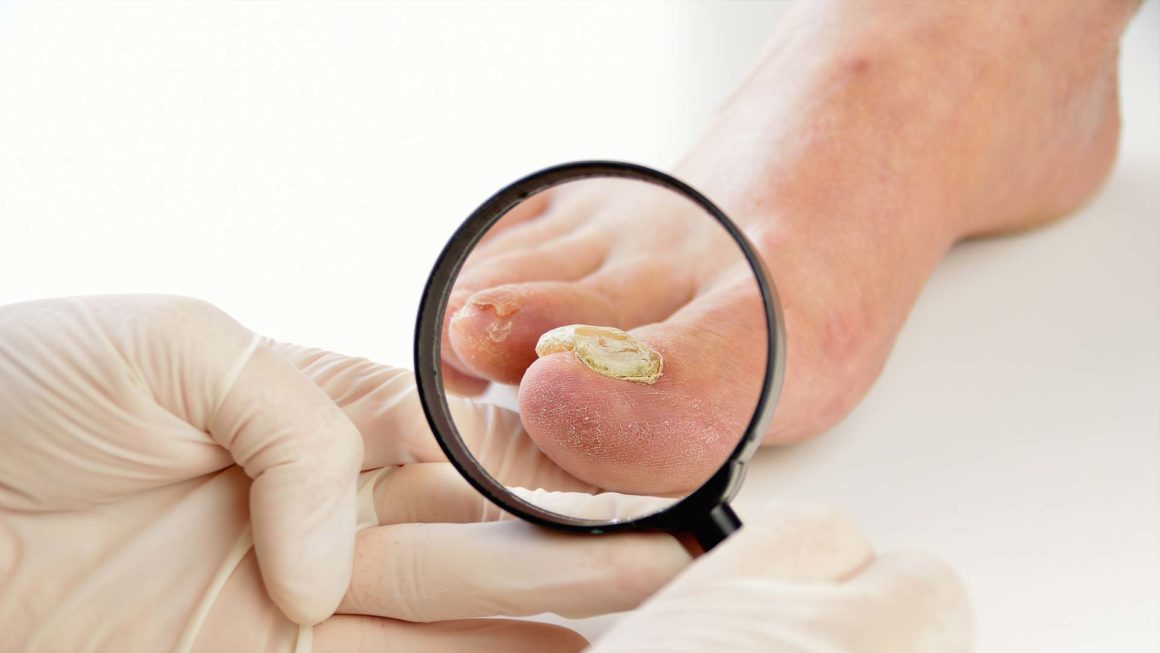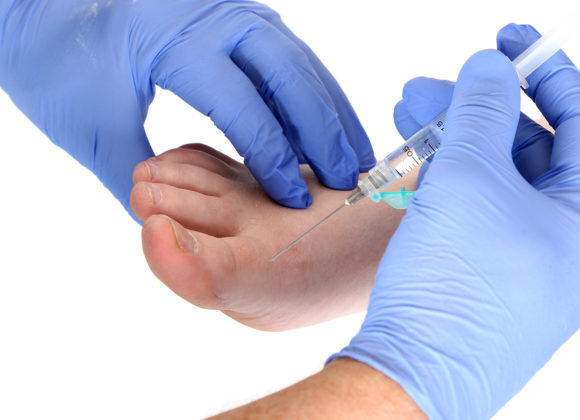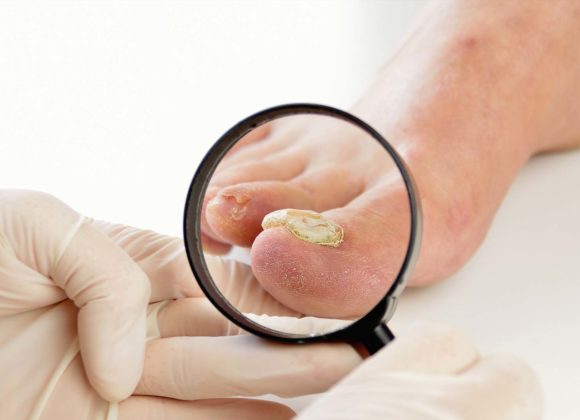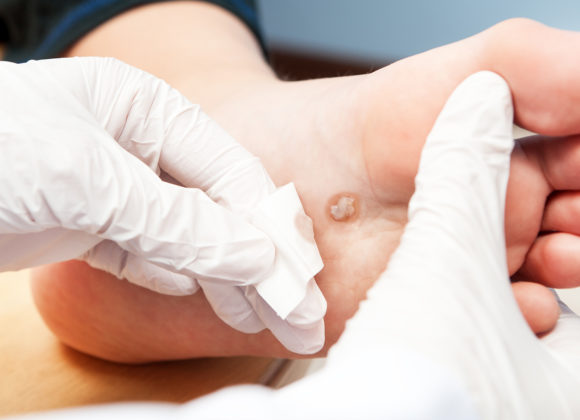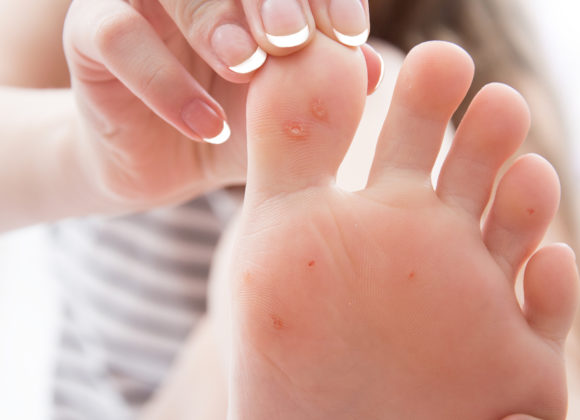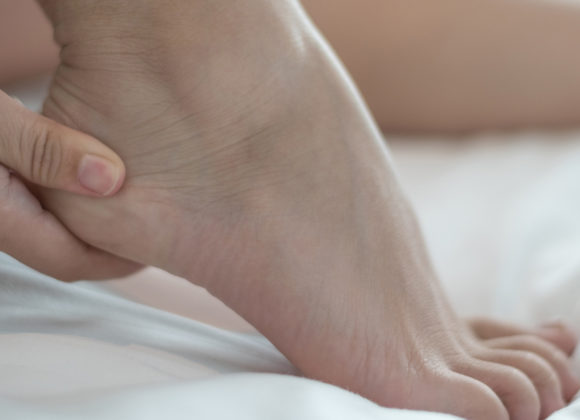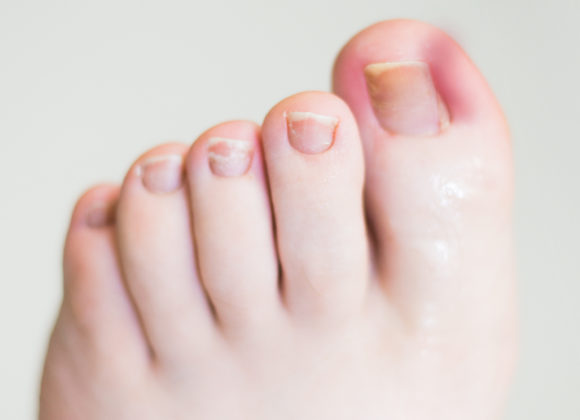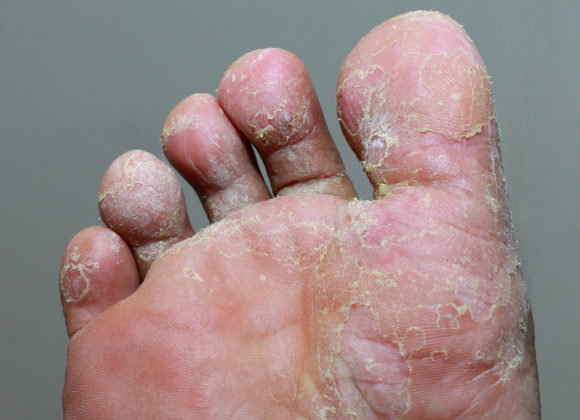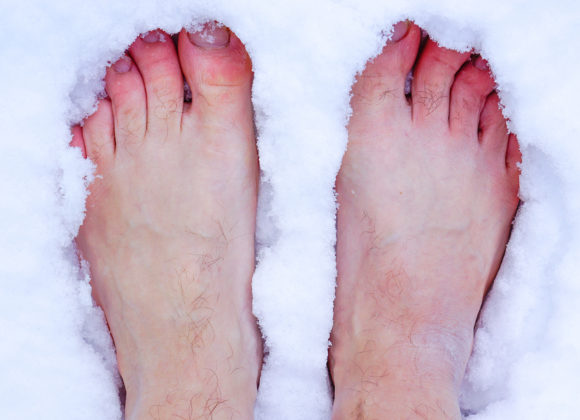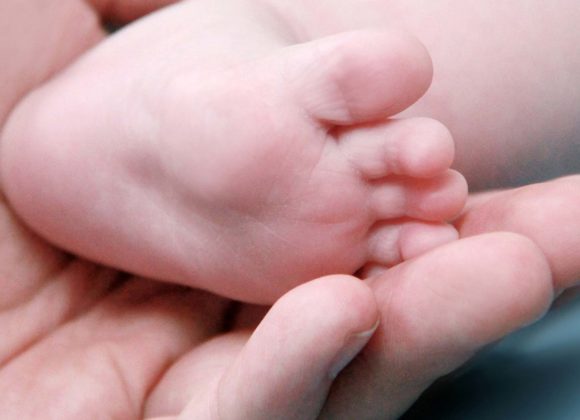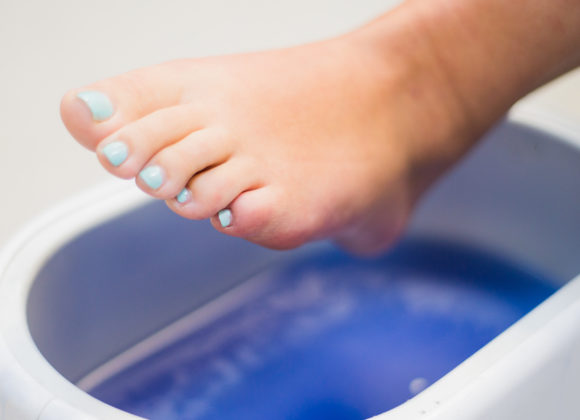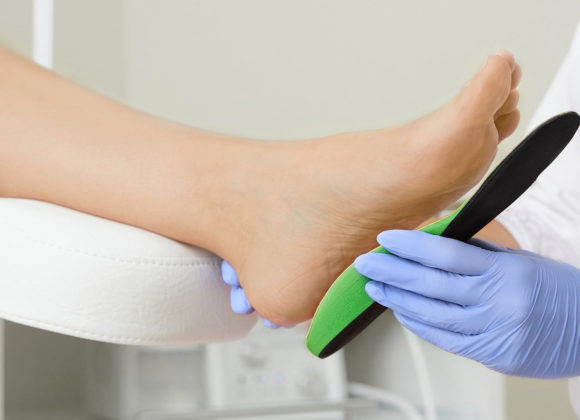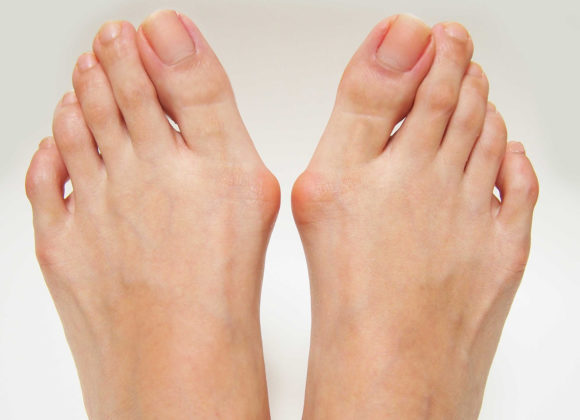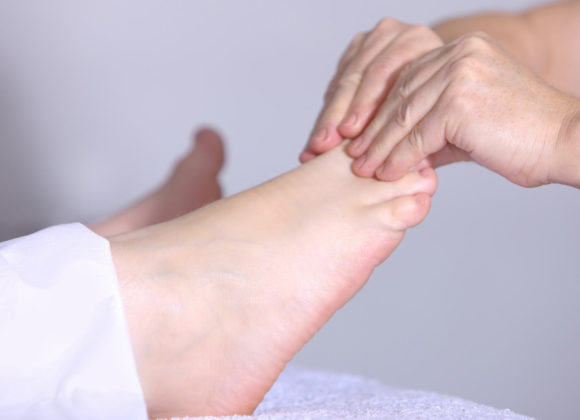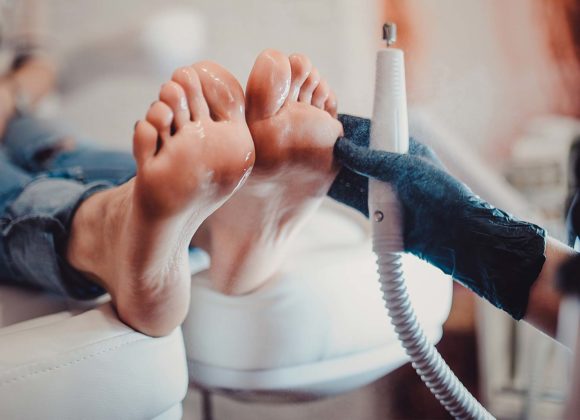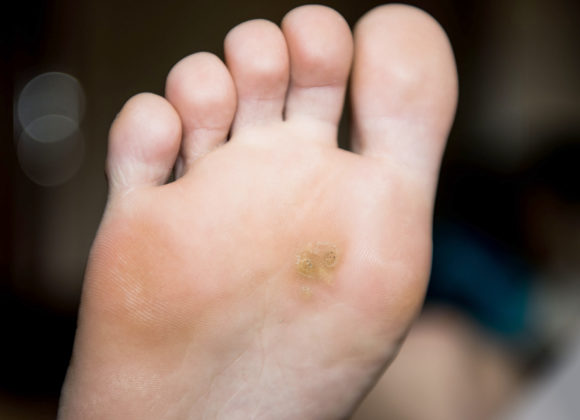General worldwide studies show that greater than 40% of the elderly are likely to show signs of Fungal/Mycotic toenails which in itself is not of great concern.
It is part of the tinea family affecting the base of the under side of the nail (subungual) and spreads throughout the entire nail.
This will appear in the early stages as white spots on the nail surface and then the whole nail may become white and eventually turn yellow to brown as the fungus takes effect.
In the latter stages the nail also becomes thick and brittle.
Differential diagnosis may be candida, psoriasis or chauxic nails from basic shoe pressure over time.
The origin of fungal nails is usually a result of many years of previous activities, such as exposure to the soil (gardening), trauma or to a much lesser degree cross infection from another person who has it, or in some instances regular contact with some animals may be a source, although the latter two are less common.
Usually the 1st big toe and 5th (little toe) nails will be the first infected followed often by all of the rest of the toenails.
As this is a fungal infection and not bacterial, then other than cosmetic or pressure from footwear, it does not give cause to concern.
However, should the nail become traumatised by shoe pressure above, this can in turn rupture the blood vessels below the nail, thus subject to be a portal for a bacterial infection.
Therefore it is paramount that footwear of the elderly be deep in the toe box area, thus not allowing pressure from the shoe onto the top of the nail.
For more information, call us on 03 9735 1273


